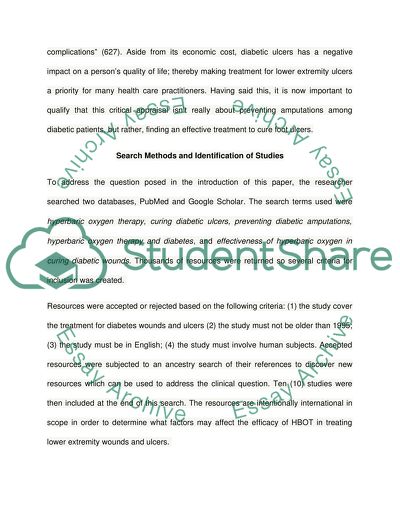Cite this document
(“How to reduce the incidence of lower extermity amputations in diabetes Literature review”, n.d.)
Retrieved from https://studentshare.org/nursing/1396418-how-to-reduce-the-incidence-of-lower-extermity
Retrieved from https://studentshare.org/nursing/1396418-how-to-reduce-the-incidence-of-lower-extermity
(How to Reduce the Incidence of Lower Extermity Amputations in Diabetes Literature Review)
https://studentshare.org/nursing/1396418-how-to-reduce-the-incidence-of-lower-extermity.
https://studentshare.org/nursing/1396418-how-to-reduce-the-incidence-of-lower-extermity.
“How to Reduce the Incidence of Lower Extermity Amputations in Diabetes Literature Review”, n.d. https://studentshare.org/nursing/1396418-how-to-reduce-the-incidence-of-lower-extermity.


